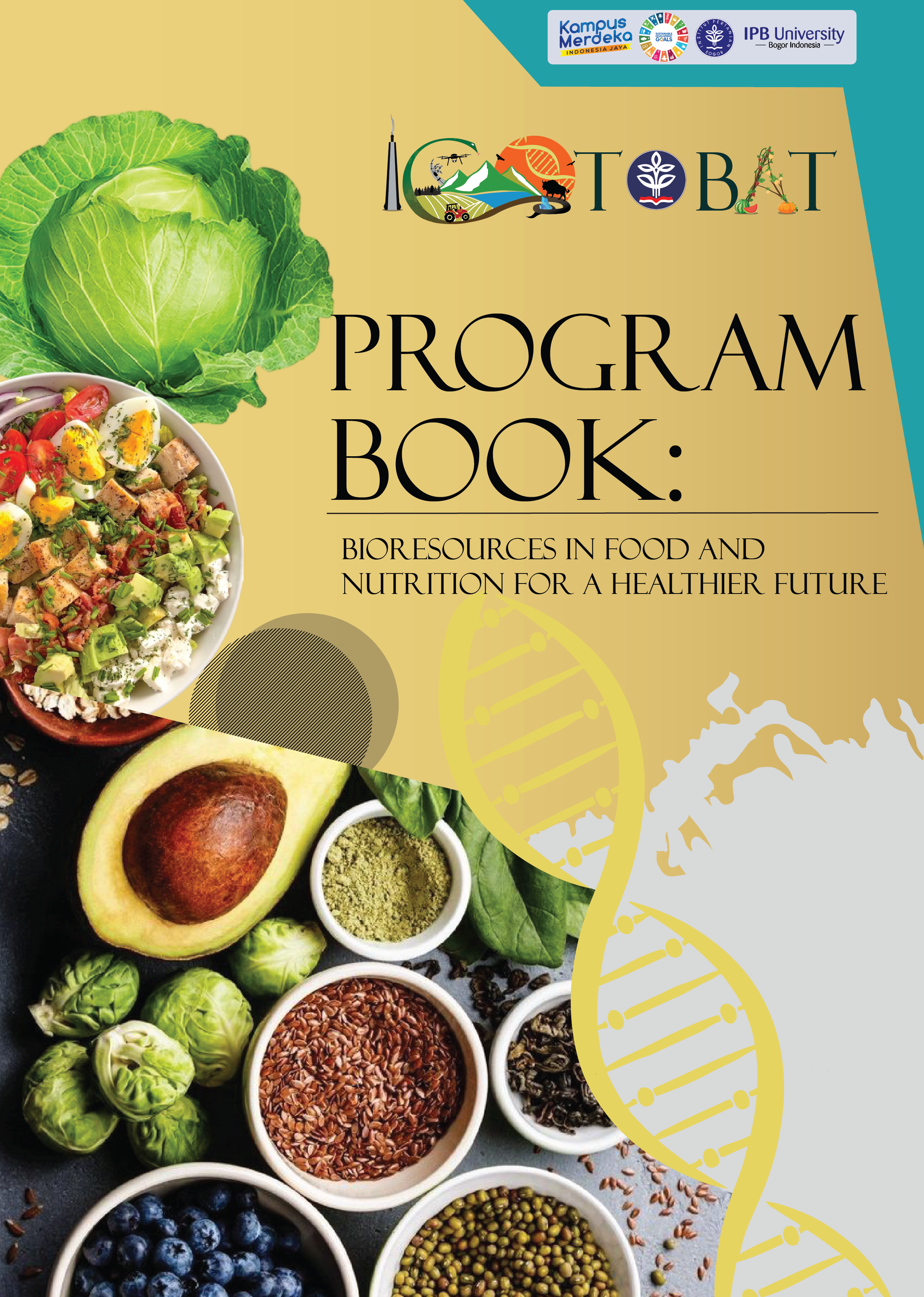A model of inclusion of agroindustrial wastes in ruminant feeds. Effect of chesnut skins on rumen fermentation and animal performances
Keywords:
wastes, chestnut, ruminantAbstract
A recent European research program aimed to investigate the opportunities to give add value to underexploited resources namely agroindustrial wastes by including them in ruminant feeds. As a model, we selected phenol-containing chestnut (Castanea sativa) skins from different origins and we evaluated their effects on in vitro rumen fermentation parameters and then on in vivo performance in growing lambs. The in vitro results showed that whichever the chestnut variety, the mode of production (conventional vs organic) or the peeling method (microwave oven vs oven-drying), incorporating chestnut skins in a diet results in a decrease of fermentability but without affecting negatively the volatile fatty acids production. In vivo, we observed that lambs fed with pellets containing chestnut skins that lambs fed with the same pellets without chestnut skins had similar growth performance, and similar carcass and meat characteristics. We conclude that chestnut skins can be incorporated in feeds dedicated to lambs without detrimental effect on performance.






























